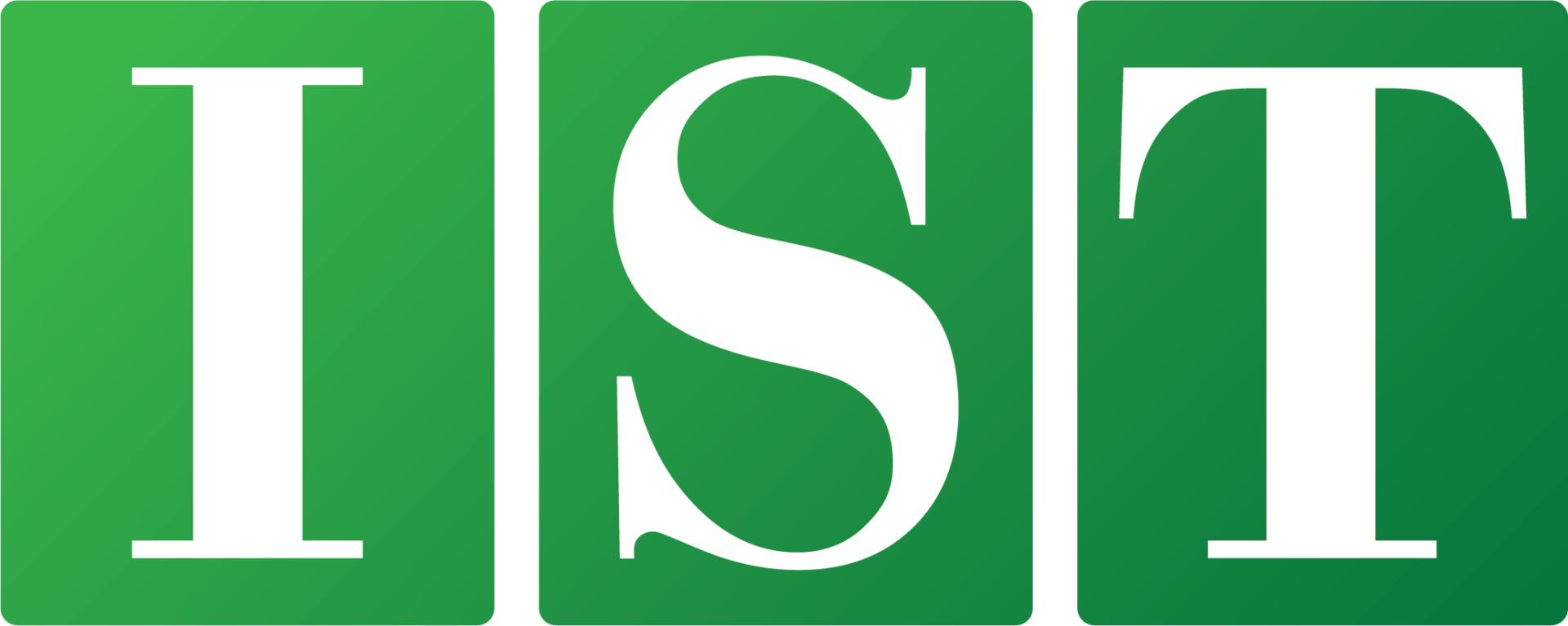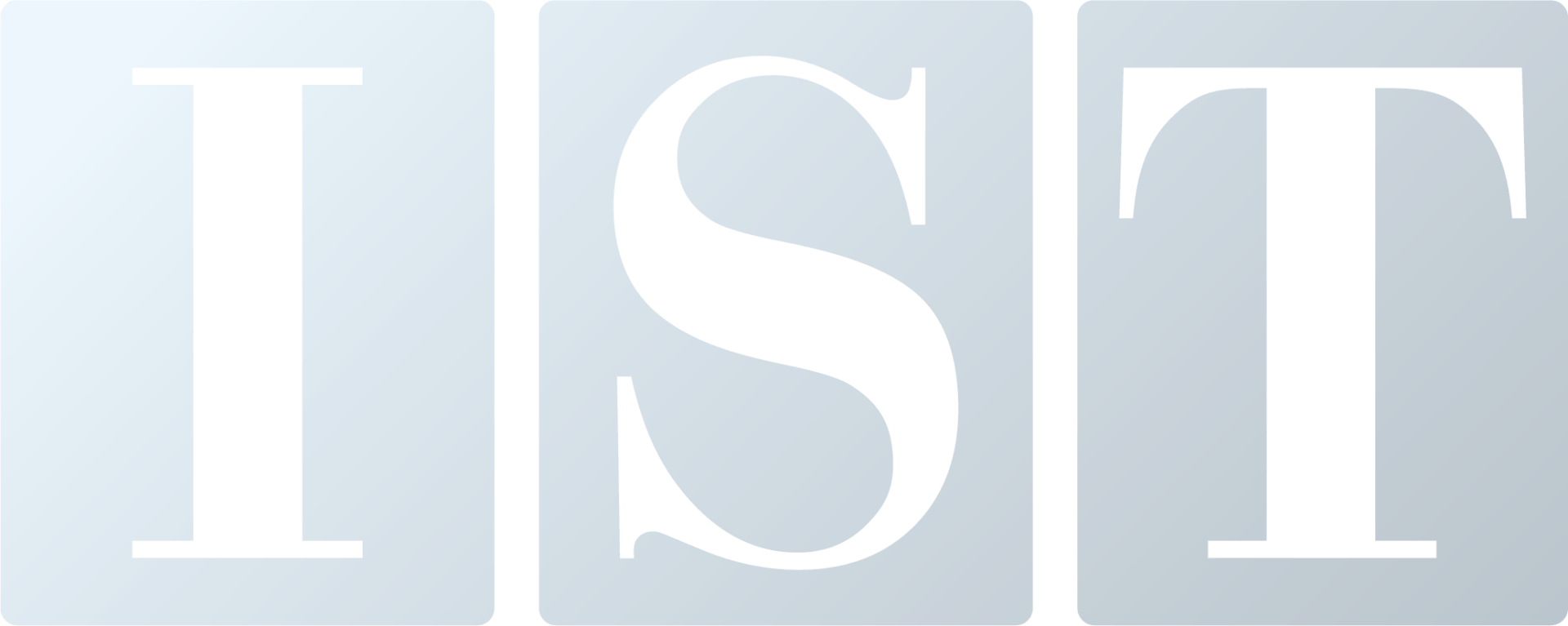The Golden Opportunity of Hybrid Work
Innovate & Integrate
Increasing Employee Engagement and Profit in the Office
The office has officially changed. If that is news to you, you haven't been paying attention, but you may have felt the negative impacts- decreased employee engagement, increased pressure to go hybrid, and burnout. Current polls report about 53% of workers anticipate hybrid work, and 24% expect to work remotely. This data is something most can empathize with; less or no commute and an improved work/life balance. Still, terms like "quiet quitting" and "great resignation" continue to frame today's work. Regardless of the benefits, workers desire greater connection to the workplace, their coworkers, and their work, which is difficult to achieve while working remotely.
Now is the time to redefine the golden opportunity for hybrid work that brings in employees, retains them, and engages them more than previously. That opportunity is the office and finding the right tools to take the old office and make it a place of engagement and profit.
Redesigning Engagement, Maximizing Vision
Now competing with the comforts of home, the office is your most influential advertisement for how eager you are to invest in your workers. So, ask yourself, is your current space intentionally helping employees collaborate? Is it maximizing amenities available for those precious in-office days? If not, think outside the cubicle desk and curate a space to which employees will want to commute.
Include comfortable furniture and creative conference spaces for teams to meet and effectively strategize. Invest in a modern break room where employees can take lunch and have additional areas to work collectively. Not only will this upgrade and modernize the workplace, it will also contribute to a better culture within the organization by enhancing relationships among coworkers. When workers feel connected to a community, they are more inclined to stay. As retention rates decrease, keep your establishment firm with attention to the employee experience.
The purpose of going hybrid may be to adapt to how employees want to work, but the focus should be on maximizing the enjoyment of the office experience. Manage schedules that speak to the team's strengths, provide professional development opportunities, and watch productivity soar.

The other opportunity of going hybrid is reclaiming unused space, which can ultimately increase sustainability and pave new initiatives. Especially for high occupancy industries, like education and health care, consider the administrative areas that can transition to hybrid as future facility growth.
A solid Space Planning tool can reallocate available space and provide metrics that optimize an operation's growth.
Space Planning to Drive Growth
IST's Space Planning digitally images any workspace, including industry verticals, helping users organize their current operation and brainstorm future moves, like a hybrid environment. Space Planning transforms the office into a digital map where users can precisely identify every moving part of their database. This tool allows users to imagine a workspace that engages employees and stimulates business.
Rethinking office layouts can take precious time away from more pressing goals, and hiring a third-party vendor to take on the task is costly. Space Planning applications are essential and user-friendly tools for companies prioritizing their offices' effectiveness and transforming them into modern and efficient workspaces.
The Office 2.0
Static office spaces that don't inspire and engage employees leave your workforce anticipating their work-from-home days, or worse, finding other opportunities. Using applications like Space Planning will help you identify your organization's excess, prioritize future growth, and rethink new ways for your team to strategize. Now is the time to prioritize how functional your current office space is and transform it into a place of connection and collaboration.






